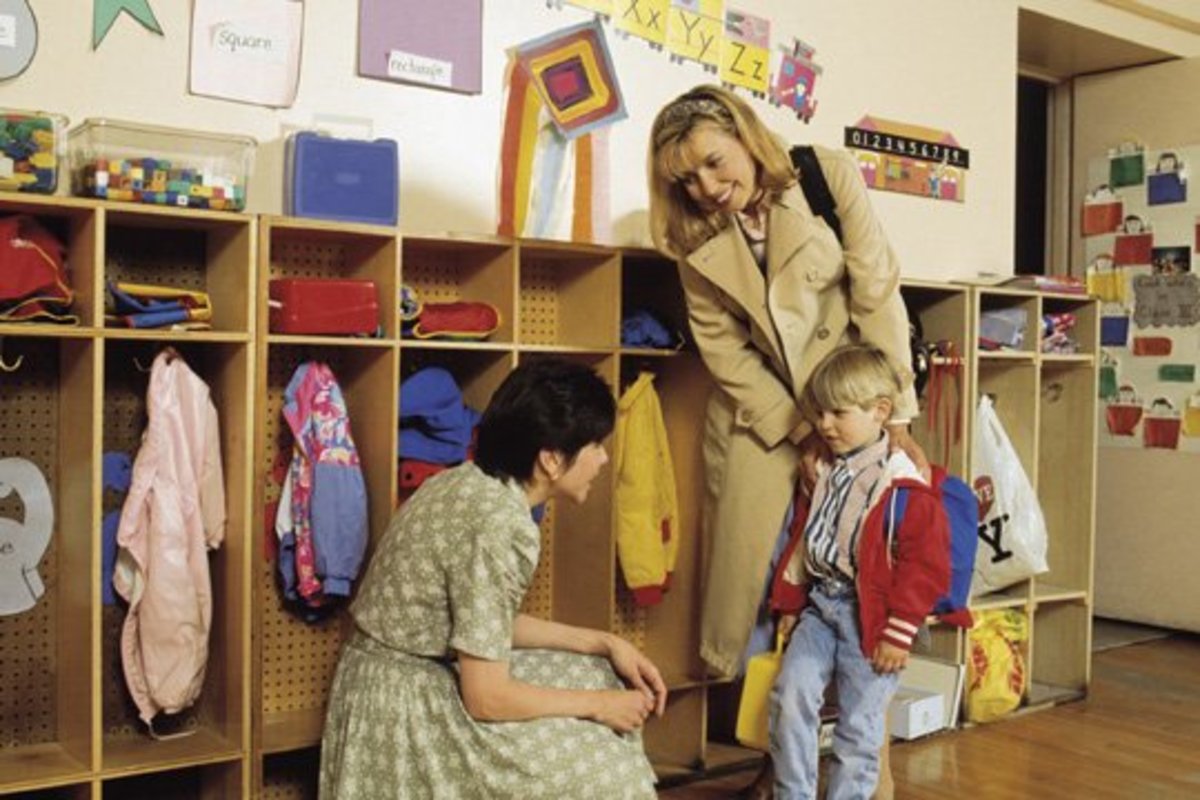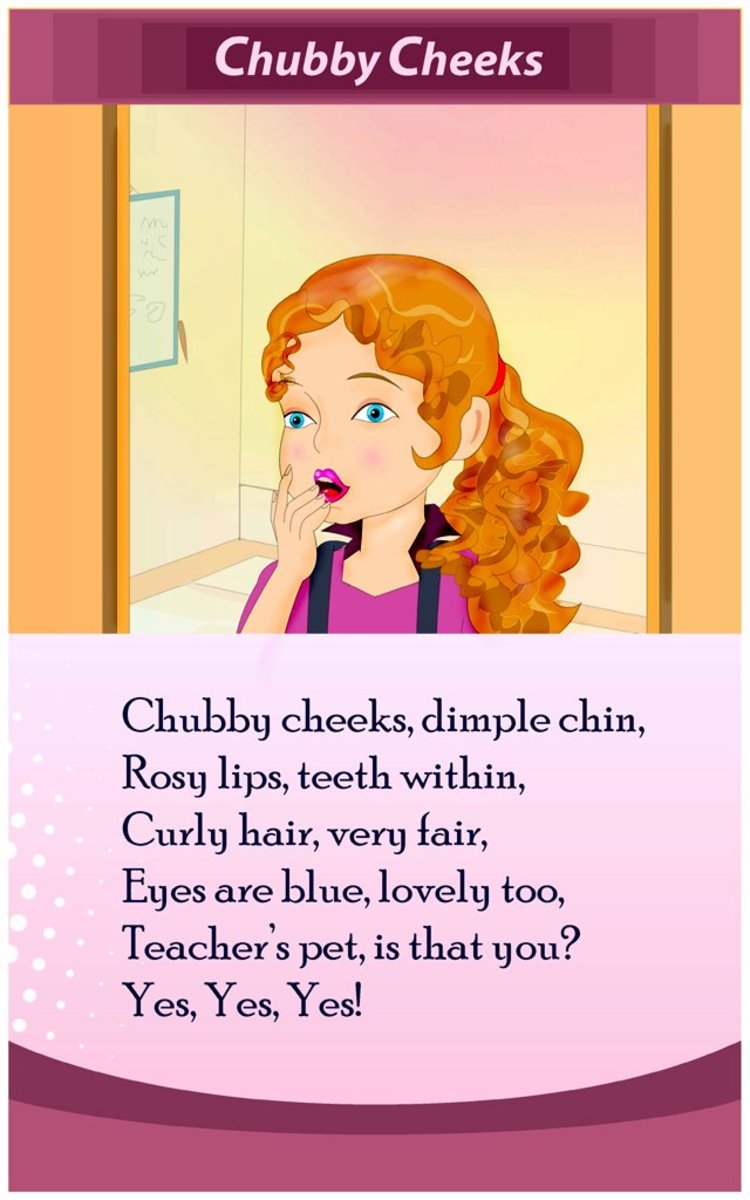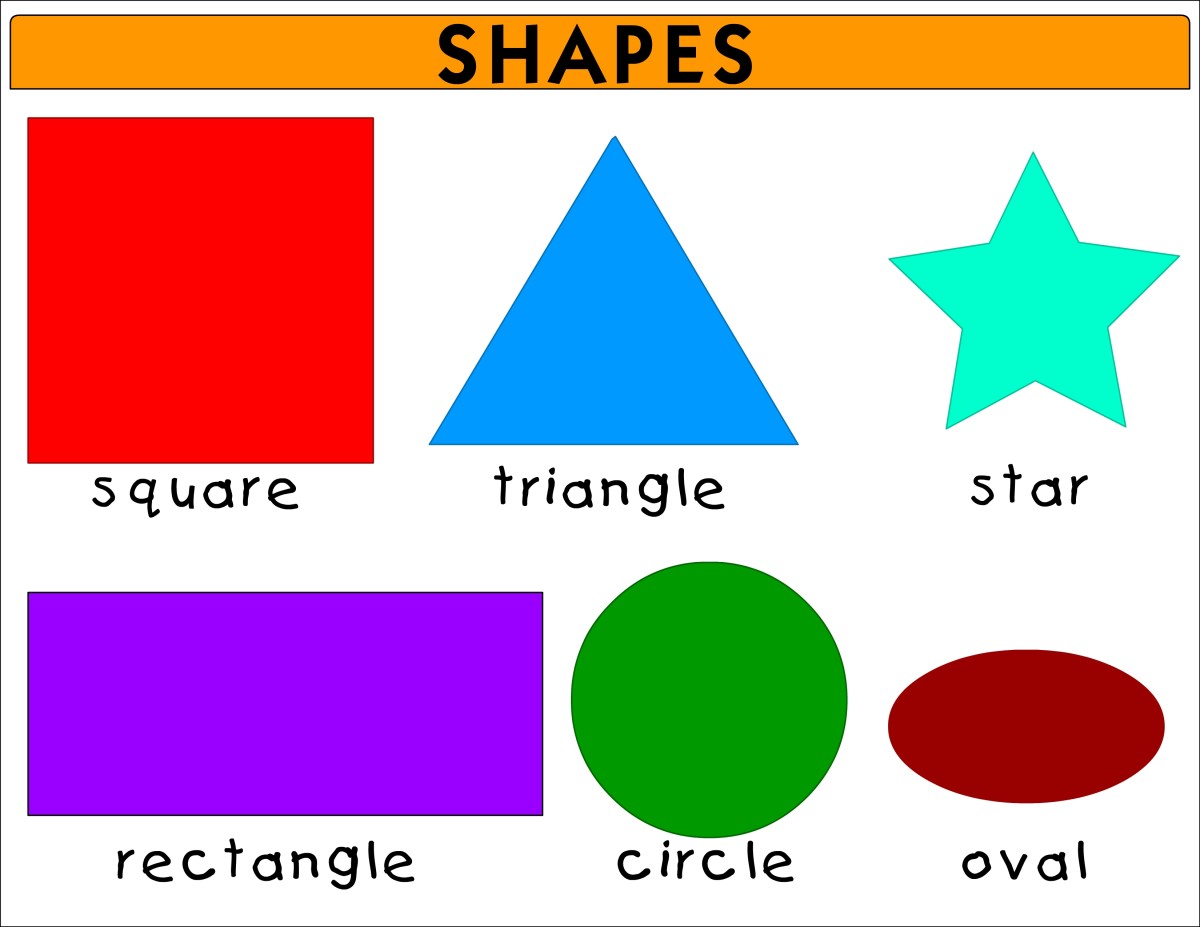How To Ease Preschool Separation Anxiety

Your Child Will Be Okay
Over the last 13 years I have seen many parents enter my preschool with dread and uncertainty. They are unsure of what to expect and what to do during drop-off time. Parents feel like the whole world is watching, judging their every move. On top of that, parents are consumed with worry over their most precious gift, their children. As a mother and early educator I understand the mixed emotions that arise with any major transition your child goes through. In many ways, parents are not supported enough and do not know how to deal with their child's separation anxiety. In many ways, parents are also going through their own type of separation anxiety and it can be a very emotional time.
Helpful Tips:
1)Try not to overwhelm your child about his/her new school or new classroom months before the actual start date. This will only create unnecessary stress for your child. Start talking about the "exciting" new school about a week before the start date. Take any negative associations out of the conversation. Try not to say things like, "You better clean up. When you go to your new school you're going to have to..." Your child will end up worrying rather than looking forward to the new experience. Instead, try to make things positive by saying things like, "I see you put the marker away. Good job. You are so ready for your new school."
2) Make a short good-bye routine. Many parents try to stay as long as possible because they believe it is the best thing for their child. Often, the longer a parent stays the more anxious a child becomes. The entire time he/she is thinking, "Is Mommy and Daddy going now? If I walk away will they still be there?" A young child feels confident when they know what to expect. A long good-bye never gives a child a sequence of events to rely upon. Imagine how reassuring it would be for your child to hear you say, "Mommy and Daddy are going to read a short book, then we are going to go to work. Mommy and Daddy will come back later to pick you up." Your child knows exactly what to expect. Your child can explore confidently knowing you will not leave until that good-bye routine is set into motion. The key is to be consistent. Do what you say you are going to do. Being consistent will eliminate your child's anxieties.
3) Always say good-bye. I cannot stress this enough. Children need to know what to expect. They need consistency. Sneaking away, no matter how good the intentions are, will ultimately make it more difficult for your child to say good-bye. They will not want to explore the classroom because they fear you will leave. Imagine your child playing, thinking you are right there, only to turn around and notice you're gone. Say good-bye. Most parents sneak away because it seems like the best thing to do, but believe me, in the long run saying good-bye will help your child form a healthy level of expectation for future events. You want them to engage in play and build a strong level of trust. Saying good-bye meets those needs.
Helpful Good-bye Routines:
1)Read A Short Story- Pick a short story out of the book area. Short stories tend to work best with hectic work schedules. Find somewhere nice and cozy. Read the story together and enjoy the time together. When the story is over let your child know it is time for you to go, but you will come back during pick-up time. Stay true to your words. Give your child a hug and a kiss, and no matter how hard it is, leave. Inform the teachers that you are leaving so they can support your child through the good-bye process.
2)Draw A Picture Together- Draw a simple picture together. It can be anything as long as you do it together. When you are done your child can put it in his/her cubbie or he/she can fold it up and put it in a pocket. Throughout the day your child can look at the picture when he/she feels sad and misses you. Eventually, once your child adjusts to the new school, your child will look at the picture less until he/she no longer needs to revisit it. Say your good-byes and stay true to the plan. Stick with the limits you set. Once again, inform the teachers you are leaving to ensure someone is able to support your child.
3)Catch A Kiss- If there is a window at your child's school where your child can safely watch you leave, either independently or with a teacher, try blowing a kiss to your child outside the window and have them try to "catch" the kiss in the class. This is a fun and very loving activity to do. Fathers really seem to take to this one. Make it fun and really get into it. Just make sure you explained the process of the game before you walk out the door. It will only work if your child knows you are going to leave after he/she catches the kiss. Don't forget, do not stall. It will only make it harder for your child.
Remember, it is natural if your child cries. Transitions are hard for everyone and there is so much to absorb during a short period of time. Your child's separation anxiety will gradually cease to exist if you remain loving and consistent. By doing this you are teaching your child to trust your words and your actions. A strong foundation of trust must be established for the many transitions your child will face throughout his/her childhood.
Stay calm. Stick with the limits you set. Breathe. It will get better.
Please Note:
For older children who have not outgrown separation anxiety within the normal developmental timetable or who have regressed due to extremely stressful situations, effective treatments may need to be considered. Treatment for severe separation anxiety may include:
-Changes in parental techniques
-Family education
-Family therapy
-Individual psychotherapy
Please contact your health care provider if you believe your child has significant separation anxiety.
How To Ease A Parent's First Day Of School Anxieties
- First Day Of School: How To Ease A Parent's Anxieties
Parental separation anxiety is often misunderstood. Children will absorb their parent's stress, internalizing the feelings until it effects their ability to be successful in the classroom. Simple techniques can help anxious parents.
Raising A Highly Sensitive Child
- Raising A Highly Sensitive Child
Highly sensitive children do not suffer from an illness or syndrome, they were born with a certain temperament, one that if supported, will develop into a healthy, happy and creative adult. Take a moment to learn some valuable tools.
Starting Kindergarten- A Mother's Fear
- Starting Kindergarten: A Mother's Fear
All parents worry about their children. It's a natural part of parenthood, but sometimes that worry can turn into fear, creating anxious thoughts and self-doubt. This is just one story about that type of fear.








